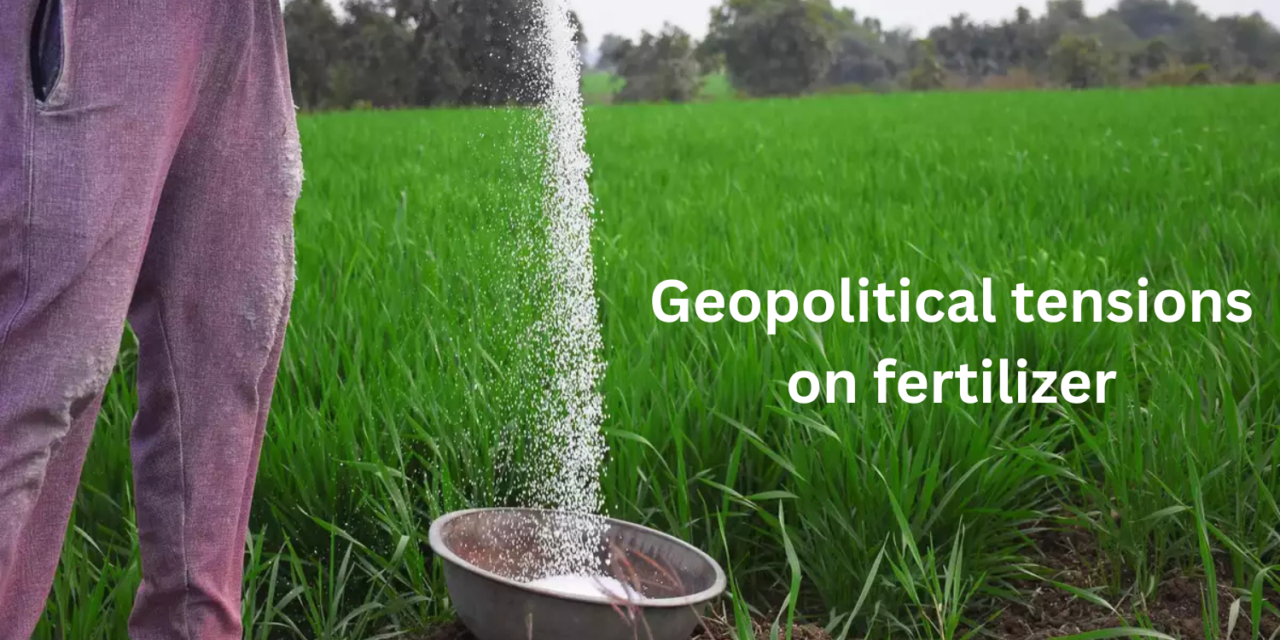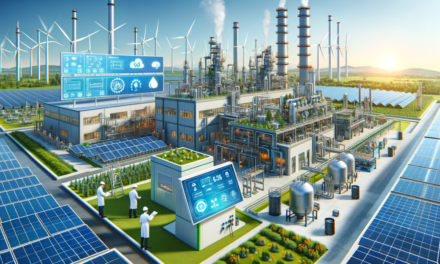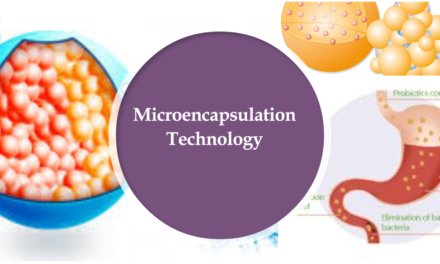Geopolitical tensions have a profound impact on the supply of fertilizer raw materials, as these conflicts can disrupt trade flows, production, and market stability. Fertilizers rely heavily on globally traded raw materials like nitrogen (ammonia, urea), phosphorus (phosphate rock), and potassium (potash), often sourced from specific regions. Below is an analysis of the effects of geopolitical tensions on fertilizer raw material supply:
1. Disruption of Trade Flows
- Export Restrictions and Sanctions:
- Countries involved in geopolitical conflicts may impose export bans or face international sanctions, disrupting global supply chains.
- Example:
- Sanctions on Russia and Belarus have impacted the global supply of potash and nitrogen-based fertilizers, as these nations are major exporters.
- Blocked Transport Routes:
- Geopolitical tensions can block key shipping routes, delaying the transport of raw materials.
- Example:
- The Black Sea conflict between Russia and Ukraine disrupted fertilizer and raw material exports via maritime trade.
2. Increased Price Volatility
- Global Market Instability:
- Reduced availability of raw materials leads to price spikes, increasing costs for producers and consumers.
- Example:
- Potash prices surged following the Belarus sanctions and the Russia-Ukraine conflict due to reduced global supply.
- Impact on Agricultural Costs:
- Higher raw material costs increase fertilizer prices, raising input costs for farmers and food prices globally.
3. Dependency on Key Exporters
- Concentration of Supply:
- Fertilizer raw materials are concentrated in a few countries, making global supply chains vulnerable to disruptions.
- Examples:
- Russia and Belarus account for a significant share of global potash exports.
- Morocco holds the world’s largest reserves of phosphate rock.
- Impact of Tensions:
- Disputes involving these key exporters create bottlenecks, affecting global availability.
4. Impact on Production Capacities
- Energy Supply Disruptions:
- Geopolitical tensions that affect energy markets (e.g., natural gas) disrupt nitrogen fertilizer production.
- Example:
- Europe’s nitrogen fertilizer production faced cutbacks due to the high cost of natural gas, exacerbated by the Russia-Ukraine war.
- Restricted Access to Inputs:
- Limited access to sulfur, ammonia, and phosphates affects global fertilizer manufacturing capacity.
5. Shifts in Trade Dynamics
- Emerging Exporters:
- Countries unaffected by tensions may increase exports to fill supply gaps, reshaping trade patterns.
- Example:
- Canada, a msignificantpotash exporter, gained prominence following disruptions in Russian and Belarusian potash exports.
- Regional Realignments:
- Import-dependent countries diversify suppliers to reduce reliance on conflict-affected regions.
6. Supply Chain Vulnerabilities
- Logistics Challenges:
- Tensions may lead to restricted access to ports, railways, or pipelines critical for transporting raw materials.
- Stockpiling and Hoarding:
- Countries may stockpile raw materials in response to uncertainties, tightening global supply further.
7. Reduced Fertilizer Availability
- Supply Gaps:
- Disruptions in raw material supply directly translate to lower fertilizer production and availability.
- Impact on Food Security:
- Shortages in fertilizers reduce crop yields, exacerbating global food insecurity, particularly in developing nations.
8. Role of Sanctions
- Economic Isolation:
- Sanctions on major exporters like Russia and Belarus restrict their access to international markets.
- Impact:
- Fertilizer producers reliant on these nations face supply chain disruptions, forcing them to seek alternative sources.
- Workarounds:
- Countries under sanctions may redirect exports to friendly nations or use alternative trade mechanisms.
9. Regional Impacts
- Africa:
- Heavily reliant on imported fertilizers, African nations face severe challenges in securing raw materials during geopolitical crises.
- Asia:
- High fertilizer demand and reliance on imports make countries like India and China vulnerable to supply disruptions.
- Europe:
- Dependent on natural gas for nitrogen fertilizers, European producers are highly affected by energy-related geopolitical tensions.
10. Environmental and Sustainability Considerations
- Delay in Transition to Sustainable Practices:
- Geopolitical tensions divert focus and investment away from sustainable fertilizer production methods like bio-based alternatives.
- Impact on Recycling Initiatives:
- Dependence on imports hampers local recycling and resource recovery efforts.
11. Long-Term Implications
- Diversification of Supply Chains:
- Importers are likely to invest in alternative suppliers and reduce reliance on geopolitically sensitive regions.
- Investment in Domestic Production:
- Countries may increase domestic mining and production capacity for fertilizer raw materials to improve self-sufficiency.
- Example:
- India and Brazil are expanding investments in domestic phosphate and potash production.
- Focus on Innovation:
- High costs and supply risks may accelerate the development of alternative fertilizers, such as biofertilizers and synthetic options.
12. Mitigation Strategies
- Strategic Reserves:
- Governments and companies maintain reserves of raw materials to buffer against disruptions.
- Global Cooperation:
- International efforts to ensure uninterrupted supply chains during crises.
- Technological Advancements:
- Innovations in recycling and alternative materials reduce dependency on traditional raw material sources.
Conclusion
Geopolitical tensions significantly disrupt the supply of fertilizer raw materials, impacting global trade dynamics, prices, and food security. These disruptions highlight the importance of diversification, innovation, and international cooperation to create more resilient and sustainable supply chains. As the world navigates ongoing and future geopolitical challenges, fostering self-sufficiency and exploring alternatives will be critical for ensuring stable fertilizer supplies.
Hashtags
#GeopoliticalRisks #GlobalTensions #RawMaterialImpact #GeopoliticsAndTrade #GlobalSupplyChallenges #FertilizerRawMaterialSupply #FertilizerSupplyChain #RawMaterialShortages #FertilizerCrisis #FertilizerMaterials #SupplyChainDisruptions #RegionalAndGlobalImpact #GlobalFertilizerMarket #RegionalSupplyRisks #FertilizerTradeDynamics #GlobalAgriSupply #GlobalTradeImpact #MarketAndEconomicEffects #SupplyChainVolatility #MarketDynamics #AgriEconomyImpact #FertilizerCostTrends #EconomicRisks

















